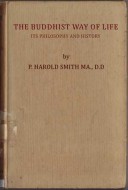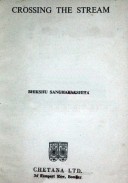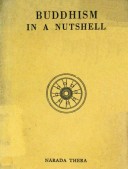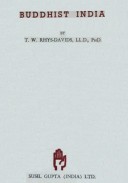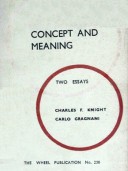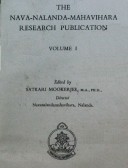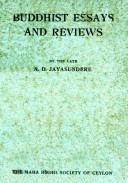Tìm Sách
Sách tiếng Anh-English >> The Buddhist Way Of Life
Thông tin tra cứu
- Tên sách : The Buddhist Way Of Life
- Tác giả : F. Harold Smith, M.A, D.D
- Dịch giả :
- Ngôn ngữ : Anh
- Số trang : 183
- Nhà xuất bản : Hutchinson house, London
- Năm xuất bản : 1951
- Phân loại : Sách tiếng Anh-English
- MCB : 12010000002999
- OPAC :
- Tóm tắt :
THE BUDDHIST WAY OF LIFE
ITS PHILOSOPHY AND HISTORY
By
F. HAROLD SMITH, M.A, D.D
Professor of comparative religion and
Philosophy of religion in the University of Manchester
And Fellow of King’s college, London.
1951
HUTCHINSON’S UNIVERSITY LIBRARY
Hutchinsonhouse, London
CONTENTS
Preface
Section I
EARLY SOURCES
ChapterI. Gotama’s Heritage
II. The Pali Records
Section II
THE TRADITON
III. The Enlightenment
IV. The Jewels, Buddha and Dharma
V. The Third Jewel, Sangha
Section III
INTERPRETATION
VI. The Gotama of History
VII. Asoka
Section IV
EARLY DIFFERENCES
VIII Councils and Schools
IX The Lesser Vehicle
X Widening Horizons
XI Nalanda University
Section V
WORLD RELIGION
Chapter XII. The Bodhisattva
XIII The Chinese Contribution
XIV The Chinese Interpretation
XV Sung and After
XVI The Japanese Naturalization
XVII Japan’s Interpretation
Section VI
CONCLUDING THOUGHTS
XVIII East and West
Index
PREFACE
The followers of Buddha, if we include those who are at the same time adherents of Confucianism, Taoism or Shinto, exceed those of any other faith, with the possible exception of Christianity. Like Christianity and Islam the religion of Buddha also claims to be a universal faith. Buddhism, therefore, is one of the world religions that specially calls for a hearing. Though possessing the status of a religion it is, at heart, a philosophy, and it is impossible to do it justice without a certain amount of philosophical terminology, but no term is used without its significance being stated. Misunderstanding of the East often occurs on account of its theory of knowledge differing from ours in the West, and some endeavor is made, in the course of this exposition, to explain that difference.
This study of Buddhism deals with the early tradition, followed by a brief consideration of its historicity, and the form the religion takes in Ceylon, Burma and Thailand. Then the main line of development, in India, China and Japan comes under survey. Limits of space prevent any reference to Tibetan and other lesser branches of the faith, but this account attempts to focus essential Buddhism in both its chief schools, the Lesser and Greater Vehicle, together with an estimate of the influence of philosophy on sect and of both on the practical affairs of history.
Some Pali and Sanskrit terms, for the Lesser and Greater Vehicle respectively, can hardly be avoided, but they have been used as sparingly as possible. N.B. th and ph are two sounds as in ant-hill and up-hill. Sanscrit e as in they; Pali the same, unless it is short, e.g, metta with e as in letter.
F. HAROLD SMITH
 Facebook
Facebook
 Google
Google
 Google+
Google+
